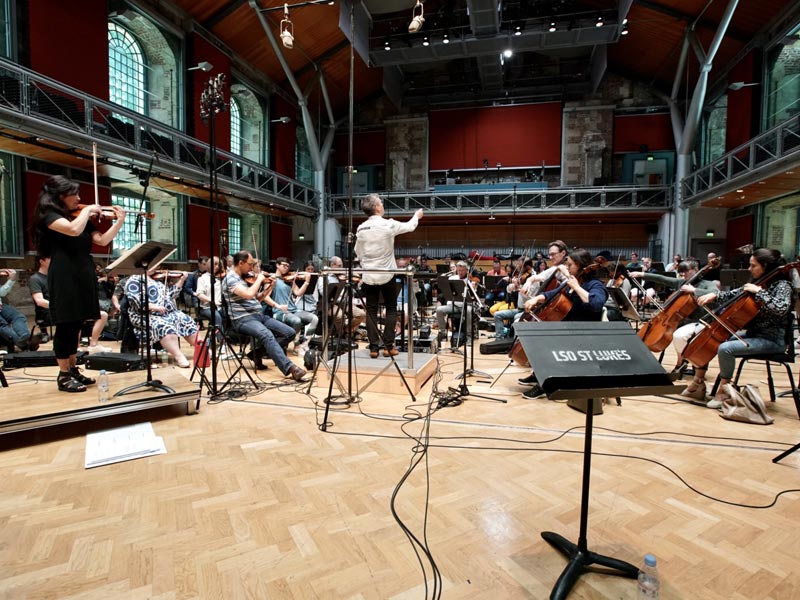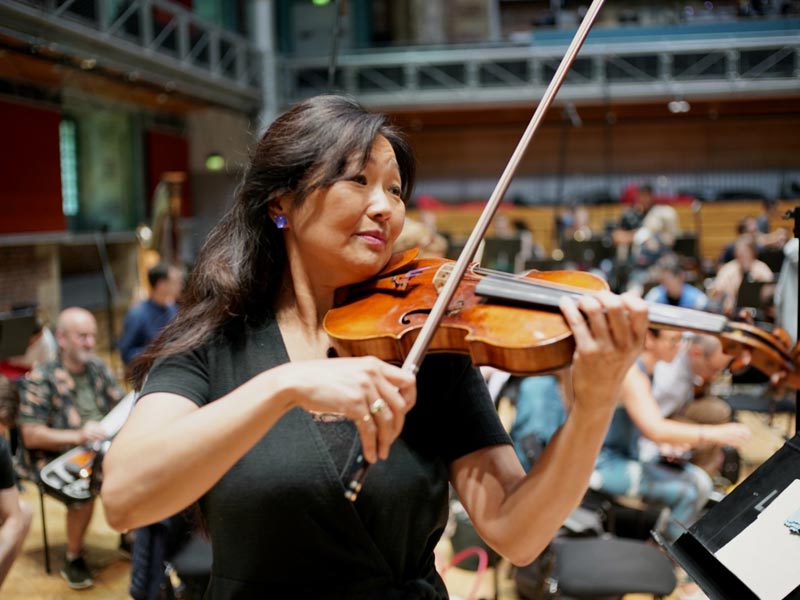Symphonic Chronicles Vol I
Deborah Kavasch composer
Steve Law composer
John Wineglass composer
Barbara Jazwinski composer
Nan Avant composer
Simon Andrews composer
London Symphony Orchestra | Miran Vaupotić conductor
Royal Scottish National Orchestra | David Watkin conductor
SYMPHONIC CHRONICLES VOL I from Navona Records features the works of celebrated living composers from a wide variety of backgrounds and influences. Performed by the London Symphony Orchestra and Royal Scottish National Orchestra, the music touches on topics ranging from jazz to the COVID pandemic, racial injustice, and more. Steve Law’s melodic and rhythmic Piano Concerto draws inspiration from Gershwin, Rachmaninoff, and Prokofiev while assimilating the influences of jazz, pop, and minimalism. In Barbara Jazwinski’s Fantasy on Jazz, the composer meditates on the complex and ever-evolving music of New Orleans. Simon Andrews’ Interlude No. 3 from “The Scars On His Back” recounts the story of legendary Native American freedom fighter Po’pay, and the revolt against the Spanish colonists he helped inspire. These examples are just a taste of the evocative works found on SYMPHONIC CHRONICLES VOL I.
Listen
Stream/Buy
Choose your platform
Track Listing & Credits
| # | Title | Composer | Performer | |
|---|---|---|---|---|
| 01 | Desert Storm | Deborah Kavasch | London Symphony Orchestra | Miran Vaupotić, conductor | 3:44 |
| 02 | Piano Concerto: I. Allegro non troppo | Steve Law | Royal Scottish National Orchestra | David Watkin, conductor; Joseph Havlat, piano | 10:11 |
| 03 | Piano Concerto: II. Theme and Variations | Steve Law | Royal Scottish National Orchestra | David Watkin, conductor; Joseph Havlat, piano | 12:00 |
| 04 | Piano Concerto: III. Lento Allegro | Steve Law | Royal Scottish National Orchestra | David Watkin, conductor; Joseph Havlat, piano | 11:10 |
| 05 | #elijah for Solo Violin and Orchestra: I. Tragic Innocence | John Wineglass | London Symphony Orchestra | Miran Vaupotić, conductor; Yumi Hwang-Williams, violin | 5:17 |
| 06 | #elijah for Solo Violin and Orchestra: II. Transcendence | John Wineglass | London Symphony Orchestra | Miran Vaupotić, conductor; Yumi Hwang-Williams, violin | 5:22 |
| 07 | Fantasy on Jazz | Barbara Jazwinski | Royal Scottish National Orchestra | David Watkin, conductor; Samuel Brandão Marques, clarinet | 14:59 |
| 08 | Sirens of the Salish Sea: I. Soundness of the Sea for Violin and Orchestra | Nan Avant | London Symphony Orchestra | Miran Vaupotić, conductor | 3:32 |
| 09 | Interlude No. 3 from “The Scars On His Back” | Simon Andrews | London Symphony Orchestra | Miran Vaupotić, conductor | 4:40 |
Desert Storm, #elijah, Soundness of the Sea, Interlude No. 3
Recorded July 6-7, 2022 at LSO St Lukes in London, United Kingdom
Producer Jan Košulič
Engineers Jonathan Stokes, Neil Hutchinson
Editing & Mixing Jan Košulič
(Track 9) Additional Editing Melanie Montgomery
Piano Concerto, Fantasy on Jazz
Recorded July 27-28, 2022 at New Auditorium at the Glasgow Royal Concert Hall in Glasgow, United Kingdom
Producer Brad Michel
Engineer Hedd Morfett-Jones
Editing & Mixing Brad Michel
Mastering Brad Michel
Executive Producer Bob Lord
A&R Director Brandon MacNeil
A&R Danielle Sullivan, Chris Robinson
VP of Production Jan Košulič
Production Director Levi Brown
Production Manager Jean Noël Attard
Production Assistant Martina Watzková
Audio Director Lucas Paquette
VP, Design & Marketing Brett Picknell
Art Director Ryan Harrison
Design Edward A. Fleming, Morgan Hauber
Publicity Patrick Niland, Brett Iannucci, Aidan Curran
Artist Information

Deborah Kavasch
Deborah Kavasch, BMI composer, soprano, educator, and specialist in extended vocal techniques, has had works commissioned and performed in North America, Europe, the United Kingdom, and China. She has received grants and residencies in composition and performance, was a 1987 Fulbright Senior Scholar to Stockholm, and has appeared in major international music centers and festivals in concerts, solo recitals, workshops, lecture/demonstrations, and television and radio broadcasts since 1981.

Steve Law
Steve Law is a British composer, arranger, and pianist. He studied composition at Bristol University under Raymond Warren and received a masters degree for his jazzy opera Heaven on Earth, which has been described as “a significant contribution to the genre.” Law has a gift for melody that is rare in contemporary music and a popular original style that assimilates jazz and pop influences. He has recorded and performed his music. Musicweb International described Law’s first solo piano album as “kaleidoscopically varied... impressionistic atmosphere... slowly burning passion.” His Violin Concerto was performed in Scotland and 3 Poems by Lorna Law were performed by Ferrier Award-winning baritone Gareth Brynmor John. Law is a published arranger of Dudley Moore’s music with Faber, and is working on a volume for the Gershwin Critical Edition.
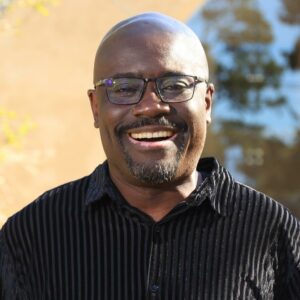
John Wineglass
John Christopher Wineglass is a multiple ®EMMY Award-Winning Composer who has performed on five continents, before U.S. presidents since Ronald Reagan, and with several ®OSCAR and ®GRAMMY Award-winning artists including Aretha Franklin, Whitney Houston, and Jamie Foxx to name a few. He has written several scores and incidental music for shows on MSNBC, CNN, NBC, CBS, and ABC as well as documentaries on Headliners & Legends for The Brady Bunch, Kathy Lee Gifford, and Farah Fawcett. Having scored mainly independent films, several of his nationally syndicated commercials include music for the United States Army, American Red Cross, and Texaco as well.
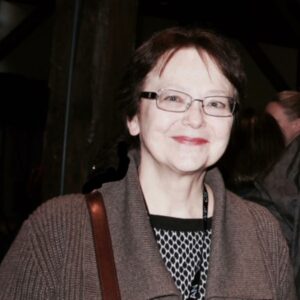
Barbara Jazwinski
Barbara Jazwinski’s music has been heard throughout North America, Europe, and the Far East. Her portfolio, influenced by her Polish heritage and by the culture of New Orleans, her home for many years, includes over 100 original compositions in various genres and for many different vocal and instrumental ensembles. She has been commissioned by many artists and ensembles around the world and her works have been presented to critical acclaim at well-known concert series and international festivals. Barbara Jazwinski’s compositions are available on several recording labels, and on websites and radio stations around the world including Navona Records, Vienna Modern Masters, Capstone, Lorelt, Ravello and Musiques Suisses labels.
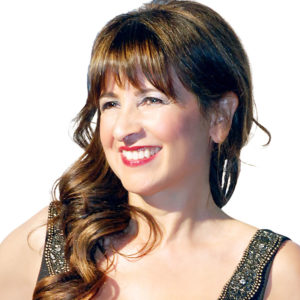
Nan Avant
Nan Avant’s music embraces thematic and rhythmic intentions often reflecting her Latin heritage, encompassing her passion for classical, jazz, world, and ethnic music. Avant’s music has been honored with numerous accolades and awards including her most recent recordings on the Navona Records label with the London Symphony Orchestra, the Royal Scottish National Orchestra and the Zagreb Festival Orchestra garnering her three Silver Medals in the Global Music Awards 2022–2023, The American Prize: Winner – Pops/Light Orchestral Composition 2023, and Winner in two categories of the Clouzine International Music Award 2023.
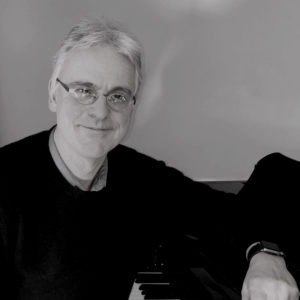
Simon Andrews
Simon Andrews is an English composer who is earning a reputation as a creator of eloquent concert music that blends harmonic complexity and lyricism, introversion and broad gestures, delicate timbres and bold statements. His output ranges from large-scale orchestral works and opera to intimate chamber music, with a special delight in chamber music with solo voices. He studied at Oxford University, and the Royal Academy of Music, and gained a Ph.D. from the University of California, Berkeley. Winner of the 1985 Benjamin Britten Prize, his music has been commissioned and performed to critical acclaim on both sides of the Atlantic.
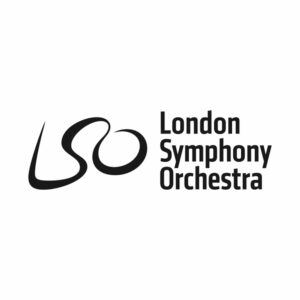
London Symphony Orchestra
Widely acclaimed by audiences and critics alike, The London Symphony Orchestra was named by Gramophone as one of the top five orchestras in the world. A world-leader in recording music for film, television, and events, it was the official orchestra of the London 2012 Olympic and Paralympic Games ceremonies, memorably performing Chariots of Fire on stage in the opening ceremony, conducted by Simon Rattle and with Rowan Atkinson.
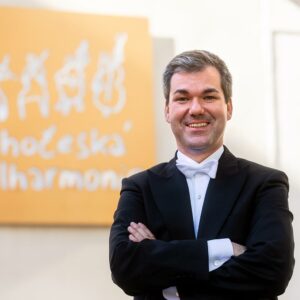
Miran Vaupotić
Acclaimed as “dynamic and knowledgeable” by the Buenos Aires Herald, Croatian conductor Miran Vaupotić has worked with eminent orchestras including the London Symphony Orchestra, the Royal Scottish National Orchestra, the Berliner Symphoniker, the Russian National Orchestra, the Slovak Radio Symphony Orchestra, the Prague Radio Symphony Orchestra, the Budapest Symphony Orchestra MÁV, Orchestre de Chambre de Genève, the Cairo Symphony Orchestra, Orquesta Sinfónica Nacional Argentina, and others, performing in major halls around the globe such as Carnegie Hall, Wiener Musikverein, Berliner Philharmonie, Rudolfinum, Smetana Hall, Victoria Hall, Forbidden City Concert Hall, Shanghai Oriental Art Center, Dubai Opera, Tchaikovsky Hall, International House of Music, CBC Glenn Gould Studio, and more.
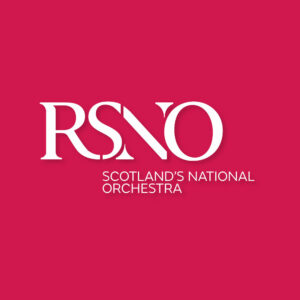
Royal Scottish National Orchestra
Formed in 1891 as the Scottish Orchestra, the company became the Scottish National Orchestra in 1950, and was awarded Royal Patronage in 1977. Throughout its history, the Orchestra has played an integral part in Scotland’s musical life, including performing at the opening ceremony of the Scottish Parliament building in 2004. Many renowned conductors have contributed to its success, including George Szell, Sir John Barbirolli, Walter Susskind, Sir Alexander Gibson, Neeme Järvi, Walter Weller, Alexander Lazarev and Stéphane Denève.
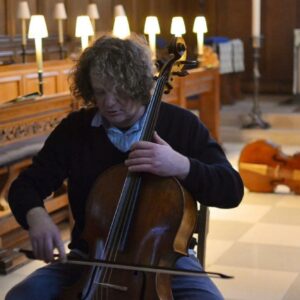
David Watkin
David Watkin has made a wide range of acclaimed recordings including Sonatas by Vivaldi (Hyperion), Beethoven (Chandos), and Francis Pott (Guild), Haydn’s Sinfonia Concertante with OAE (Virgin), and Schubert Quintet with the Tokyo Quartet (Harmonia Mundi). He has been a soloist at Wigmore Hall, Barbican, Royal Festival Hall, Queen Elizabeth Hall, Carnegie Hall, New York, and performed the Schumann Concerto with Sir John Eliot Gardiner and Orchestre Révolutionnaire et Romantique at Lincoln Center, New York. As a guest artist he has collaborated with Robert Levin and Fredericka von Stade. As a founder member of the Eroica Quartet he has performed all over Europe and the United States and their recordings of Beethoven, Mendelssohn, Schumann, Debussy, and Ravel have astonished critics.
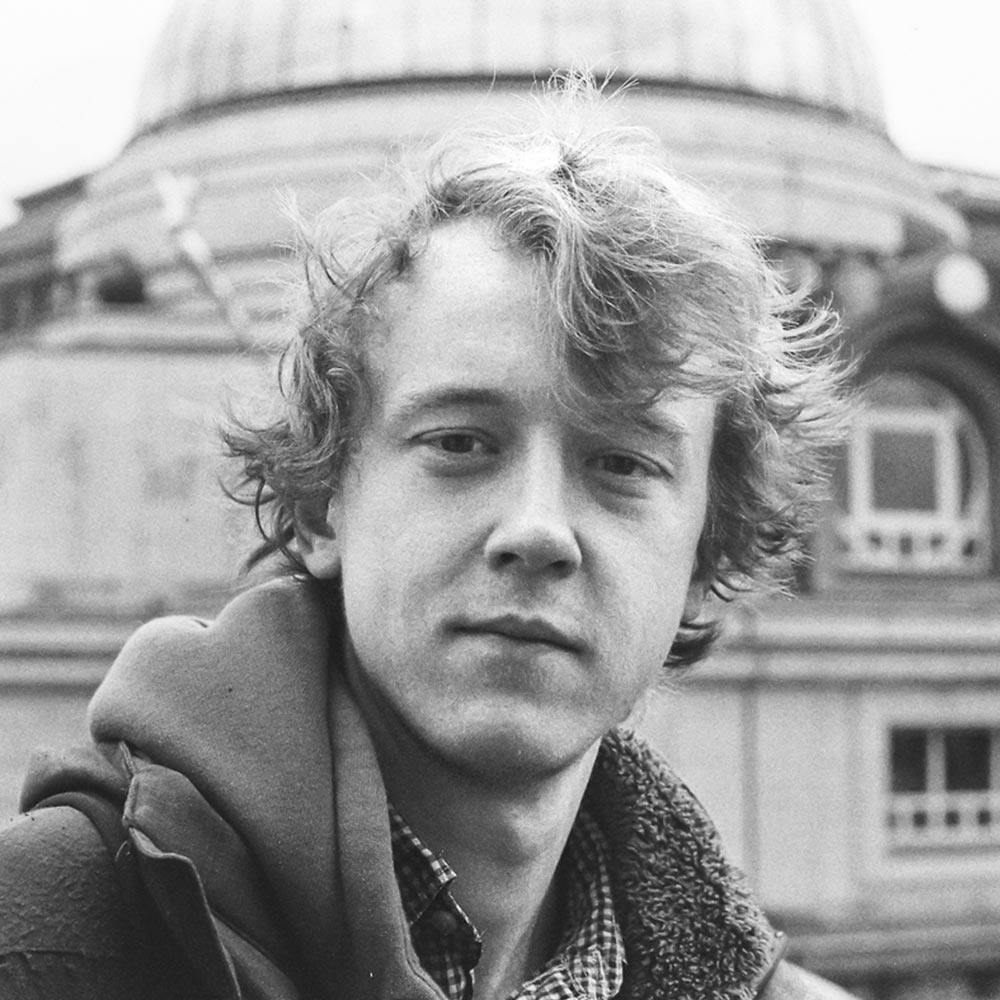
Joseph Havlat
Joseph Havlat was born in Hobart, Australia, and studied at the Royal Academy of Music in London under Professor Joanna MacGregor from 2012 to 2018, where he received his BMus and MMus with distinction, including awards for exceptional merit in studentship and the highest recital mark for a postgraduate pianist.
Notes
Videos
In-Studio Performance: Nan Avant – Soundness of the Sea Featuring the London Symphony Orchestra
In-Studio Performance: Simon Andrews – Interlude No. 3 from “The Scars On His Back” featuring The London Symphony Orchestra
An Inside Look: John Wineglass – #elijah featuring the London Symphony Orchestra
An Inside Look: Deborah Kavasch – Desert Storm featuring London Symphony Orchestra
